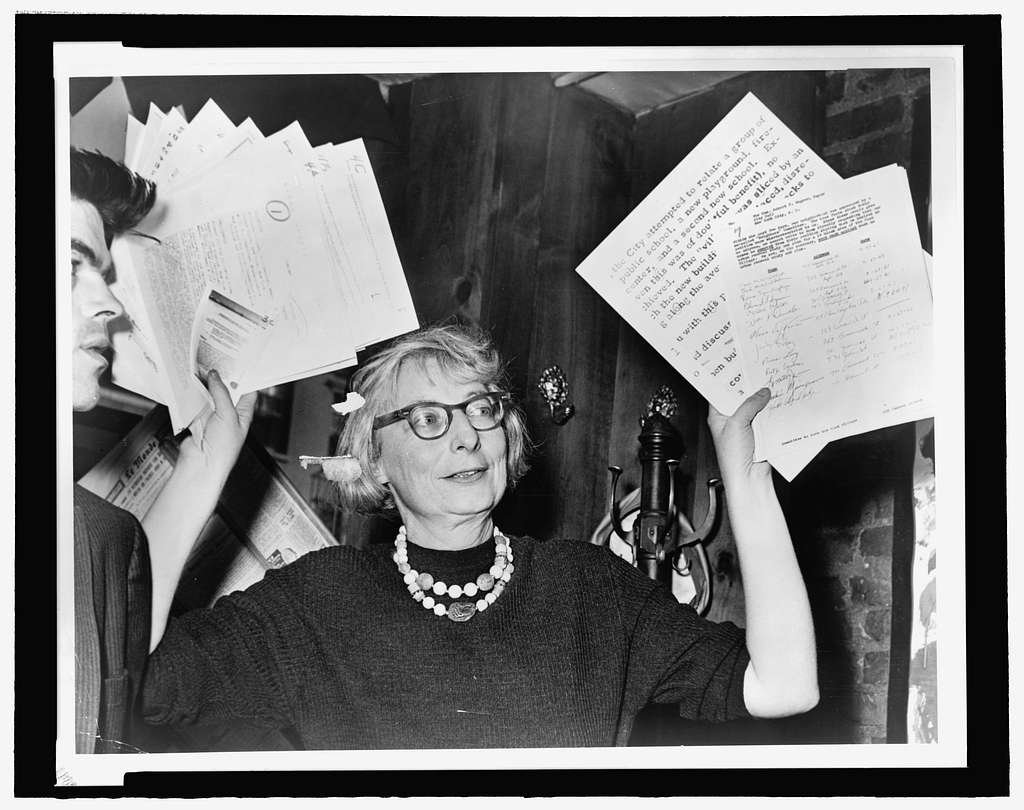
“The quality of the neighborhood, affordability and proximity to friends and family” were the three most important considerations for new home buyers, according to the 2022 National Association of Realtors’ “Profile of Home Buyers and Sellers.” I’ve been thinking about these key factors in determining where one chooses to live, and would like to share my (little-bit-biased) thoughts.
A dear friend once remarked to me that she appreciated that her suburban neighborhood was walkable — that is, that it had sidewalks. While it is certainly nice to have sidewalks, it’s even better to have sidewalks that take you somewhere: to eateries, parks, clinics, bookstores, fitness studios, markets, bars, coffee shops and more — without the use of a car.
What I love about Lansing’s east side, for instance, is its access to just about everything I need. Indeed, several spots on East Michigan Avenue and East Kalamazoo Street have some of the highest “walk-scores” in the city. Friends living in downtown Lansing, Old Town and REO Town also enjoy a long list of walkable destinations!
The walk score for your home is a calculation of how easily you can do things on foot — that is, how accessible various public destinations and amenities are to you. Calculate your walk score at: https://www.walkscore.com/methodology.shtml
My heart (from regular walking), pocketbook (from keeping my car in my garage) and the environment (the car again) all benefit from living within walking distance of routine destinations. An additional benefit is running into friends and neighbors on my walking routes —something that would not happen if I were driving. As place-making pioneer Jane Jacobs noted, “Lowly, unpurposeful, and random as they appear, sidewalk contacts are the small change from which a city’s wealth of public life must grow.”
Jacobs was cited as inspiration by European Professor Carlos Moreno, who, along with a number of new urbanists, is leading the charge on implementation of the Fifteen Minute City (FMC) urban planning concept. An FMC is one in which “work, shopping, education, healthcare, and leisure can be reached by a 15-minute walk or bike ride from any point in the city.”
Climate change and COVID have heightened interest in FMCs; and wide-ranging conversations are taking place in urban centers on every continent about how design, transportation planning, green space, job centers, mixed use buildings and multicultural neighborhoods can create accessible, walkable, entrepreneurial and resilient FMCs. Portland, Oregon, is one American city that has embraced the concept. So have Paris, Lagos, Melbourne, Bogota, Shanghai, Singapore, and more.
The diversity of uses, buildings and, most important, people in urban neighborhoods makes for a rich and stimulating environment. My son, a graduate of Eastern High School now living as a musician in Brooklyn, N.Y., once said to me that attending a high school where 26 languages are spoken by people from all socioeconomic backgrounds prepared him for “engaging with the world”.
Affordability — The already built (and hence, greenest) old craftsman, four-squares, farmhouses and bungalows in Lansing’s core neighborhoods are certainly more affordable than most suburban choices. As Jonathan Lum, owner of EXIT Realty Home Partners, notes, “These older homes have great ‘bones’ and beautiful craftsmanship. A more affordable purchase price allows new homebuyers to invest money they’ve saved on their purchase into energy efficiency and other improvements to modernize these century-old houses up to current standards.”
Proximity to friends and family — I can’t promise that buying a house in urban Lansing will land you closer to your family. However, I would bet that the physical and social conditions that shape daily life in many urban neighborhoods will result in myriad opportunities to forge new friendships and relationships with neighbors. We say on the east side that “more than a place, community is an experience.” And that experience includes frequent mingling and connecting with neighbors in local parks and at the weekly farmers market; enjoying lunch at the local eateries, coffee shops, or sidewalk cafés; strolling to the local bookstore or library; and meeting dozens of other dog owners on twice daily excursions into the neighborhood. It may involve joining the local neighborhood association or neighborhood watch; participating in Neighborhoods in Bloom, tree planting days, porch parties, Stoopfest, or Neighbors Night Out. Knowing and celebrating a rich mix of neighbors makes for a nourishing environment in which to grow, live, work, play and age.
So consider investing in a Lansing home in one of the city’s 15-minute neighborhoods. Spend the money saved from a lower purchase price to create precisely the house that you want from the house that you buy.
Keep in mind that you are investing in and contributing to the life of a community. To paraphrase the slogan in the Sunday real estate ads: Enjoy the House; Love the Neighborhood.
Support City Pulse - Donate Today!
Comments
No comments on this item Please log in to comment by clicking here